How to distinguish a female from a male guppy?
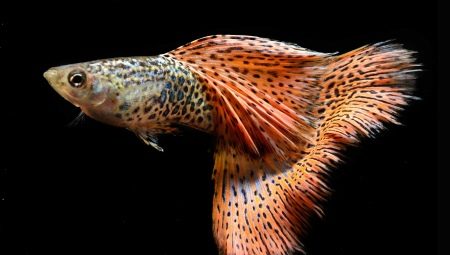
Guppies are the most popular and unpretentious pets that even a beginner can take care of. One of the most common questions that all budding aquarists face is sex determination. How you can determine the sex of a guppy, what are the features and differences between males and females - we will tell you right now.
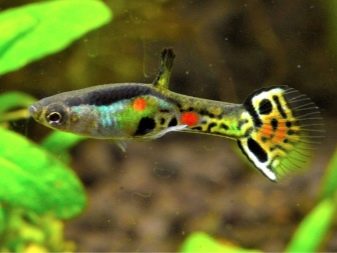
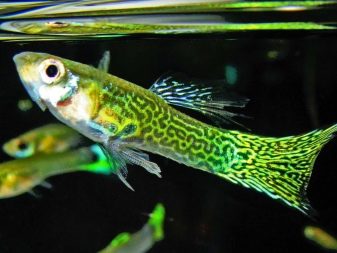
Features of behavior
Guppy is a viviparous fish, which can last from 3 to 6 weeks in pregnancy. Immediately after the birth of fry, it is impossible to accurately determine their gender. However, guppies grow quite quickly, so after 3-4 weeks you can easily distinguish boys from girls.
Guppies are peaceful creatures with a calm and friendly disposition, easily getting along with other fish... Female guppies are usually more phlegmatic. They are less active and more measured than males.
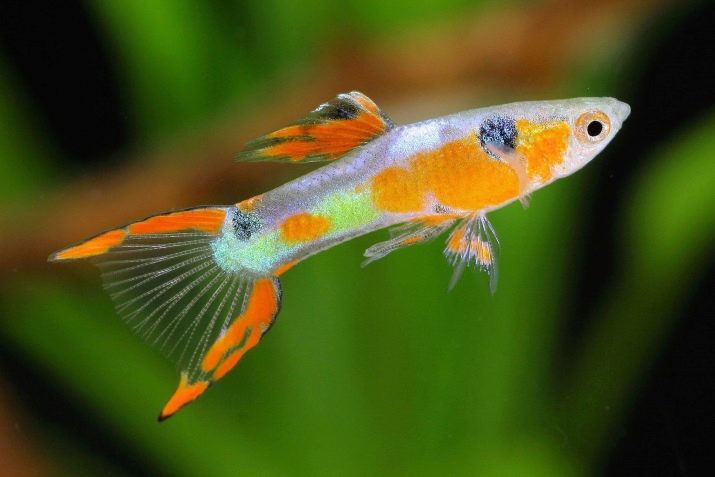
Male guppies, on the other hand, are characterized by agility and activity. During the period of courting a female, some males even become aggressive and conflicting.
At this time, individual males are able to easily enter into fights with competitors in the struggle for the object of their desire.
However, for the most part, both males and females of guppies are very non-conflicting creatures. Aggressive behavior is not typical for them and is considered, rather, an exception to the rule than the norm.

What is the difference in body shape and color?
When the fry are about a month old, it will be easy for the attentive aquarist to distinguish males from females. In girls-guppies at this age, a “birthmark” begins to appear - a specific dark zone in the anal fin area. However, in carriers of a light background color, this zone may be poorly distinguishable.
Adult males and females outwardly quite differ from each other in size and body shape, as well as in color features. The body size of males can vary from 1.5 to 4 centimeters. Visually, guppy boys look sleeker and slimmer than girls. The body shape in males is elongated, slightly elongated from head to tail.
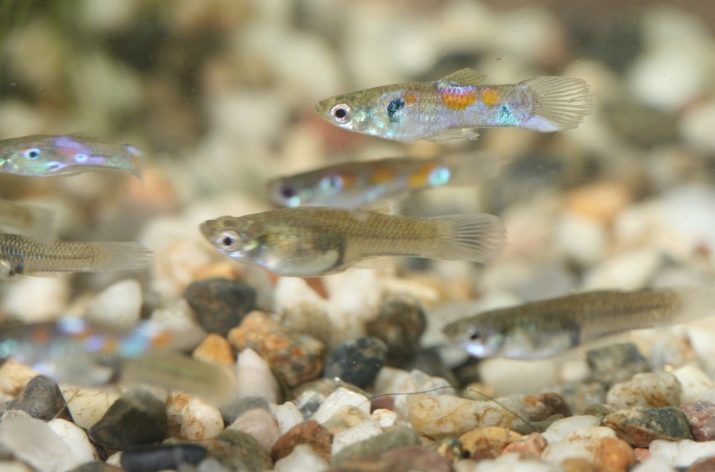
The body size of guppy girls is somewhat larger. The average body length of a female is 3-5 centimeters. There are also large individuals, the body size of which reaches 7 centimeters.
Females look more massive, barrel-shaped. Practice shows that guppy girls grow larger with age.
You can also distinguish the sex of the fish by color. In males, it is always brighter and more interesting than in females. Traditionally, females have a featureless gray-brown color. Their caudal fin is usually greenish, yellowish or bluish. The "transparency" of females is also noteworthy, thanks to which it is possible to notice the pregnancy of an individual in a timely manner.
Males, on the other hand, have very expressive and catchy colors.

Depending on the species and breed, the color of the guppy boy can be monochromatic or multi-colored, variegated, with or without pearlescent tints. Wherein not only the body of the fish has a bright color, but also its fins.
How to determine the sex by the structure of the fins?
Another difference between male and female guppies is the structure and shape of their fins. The most noticeable difference is in the structure and shape of the caudal fin. Traditionally, in females, it has a simple and rounded shape. In relation to the body, the fins in females are always proportionally smaller than in males.
The fins of boys-guppies are elongated, elongated. The shape of the tail fin depends on the breed of fish.

In accordance with this feature, it is customary to distinguish between fan-tailed, lyre-tailed, veil-tailed, round-tailed, needle-tailed, spear-tailed, flag-tailed fish. The anal fin (gonopodia) in males has a phallic shape.
Specialist recommendations
Inexperienced people planning to engage in aquaristics are advised to start by keeping groups of guppies of the same species. For a start, 10 individuals will be enough - 5 males and 5 females. The volume of the aquarium should be at least 50 liters.
It is best to temporarily isolate pregnant females from other fish. After the fry are born, the female should be placed back with her relatives.

It is advisable to keep the fry separately, since adult guppies often eat their offspring. If the fry were born in an aquarium with adult fish, they need to take care of their shelter. It can be used as floating algae, which will form dense and lush thickets at the surface of the water.
For the maintenance and reproduction of guppies, see below.









Thanks.